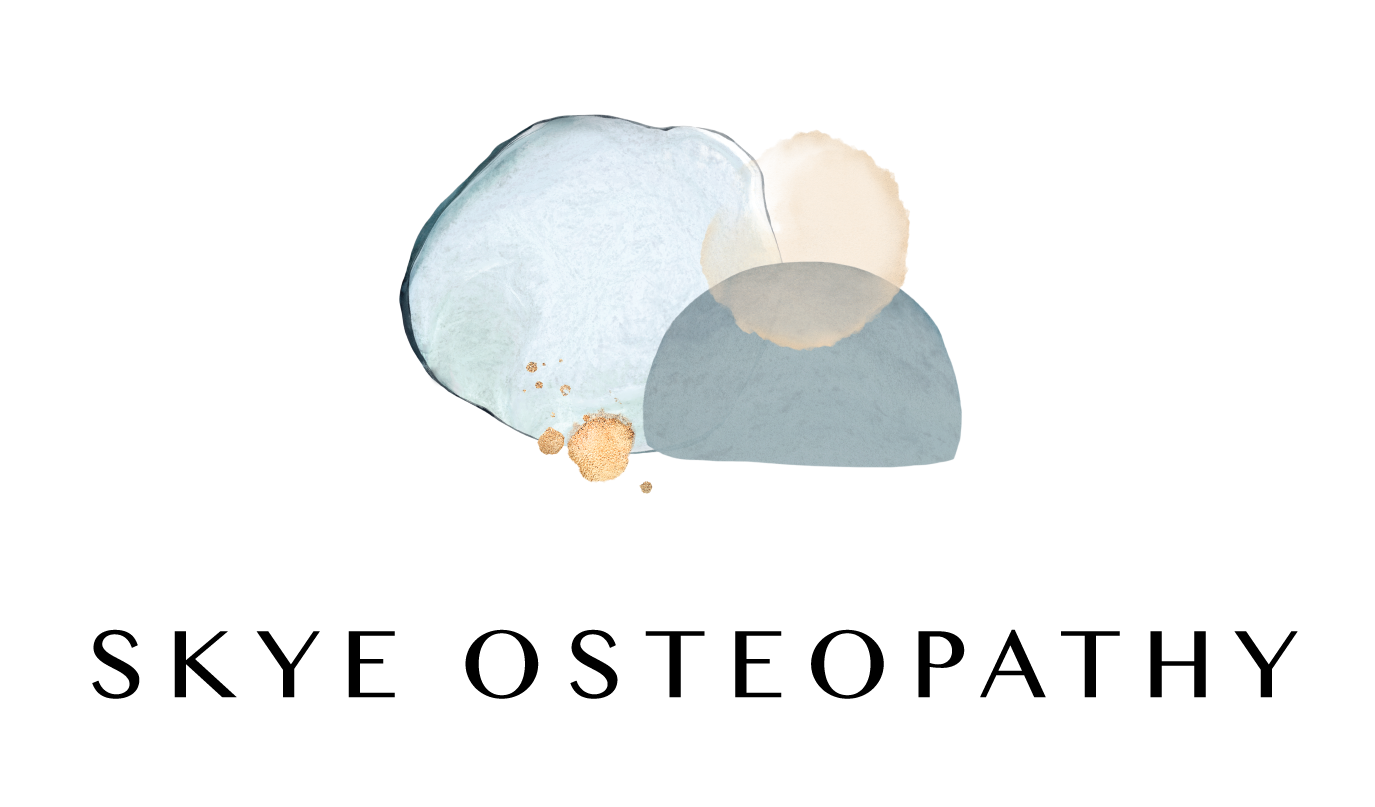Frequently Asked Questions
What will happen in my first consultation?
Your osteopath will ask about your problem and symptoms. This will include your medical history, any medications you are taking or other factors that may not appear to be directly related to your problem.
Your osteopath will advise you if they can treat you or you need to be referred to another health practitioner.
Your osteopath will conduct an examination and clinical tests. These include diagnostic, orthopaedic or neurological tests, movement and postural assessments, which determine how best to manage your condition.
The examination may include passive and active movements. The osteopath may lift your arms or legs and you may be asked to bend over, or be asked to perform an activity. Be sure to wear comfortable, flexible and appropriate underwear and clothing. Osteopathy takes a whole of body approach to assessment and clinical management, so your osteopath may look at the area that is troubling you, as well as other parts of your body. For example if you have a sore knee, your osteopath may also look at your ankle, pelvis and back.
Osteopaths provide a broad range of treatments. Osteopaths prescribe clinical exercises for you to do at home or work, provide manual therapy, needling techniques, lifestyle interventions and recommend equipment to help you manage your condition and function.
Do I need a referral from my GP?
As osteopaths are primary care practitioners, you can make an appointment directly without a referral. However, many patients are referred to osteopaths by their doctor or another health practitioner. If you have been diagnosed with a chronic health condition and require complex care, you may be eligible for Chronic Disease Management (CDM) assistance through Medicare. A GP must complete a special referral form to refer you to an osteopath for treatment.
What do I need to bring?
Bring along any X-rays, scans or test results that you may have. Depending on the area of your body requiring examination, your osteopath may ask you to undress to your underwear. It is essential that you feel comfortable, so if you prefer you may want to bring a pair of stretchy gym shorts to change into. You may bring a chaperone if you wish. Plan to attend along with your child if your child is the patient.
Is osteopathic treatment painful?
Osteopathy combines hands on manual therapy with dry needling, and movement advice when clinically indicated. Hands-on treatment may include massage, trigger point release, stretching, repetitive movements, mobilisation and/or manipulation. You are able to decline any technique you are not comfortable at anytime.
If your injuries require hands-on treatment of painful and tender areas, your osteopath will exercise care to make you as comfortable as possible.
Some people experience mild soreness for a day or two after treatment, similar to that felt after mild exercise. If this soreness persists or increases, call your osteopath to discuss your concerns.
How may an osteopath help me?
Each person, condition and injury is unique, so osteopathic treatments and interventions will vary from person to person.
Osteopathy combines exercise prescription, movement and lifestyle advice, dry needling and hands-on treatment.
Hands-on treatments can include massage, stretching, repetitive movements, mobilisation and/or manipulation.
If your injuries require hands-on treatment of painful and tender areas, your osteopath let you know.
Your osteopath may also provide education and advice to help you manage your condition between appointments.
This may include giving you exercises to do at home or at work.
